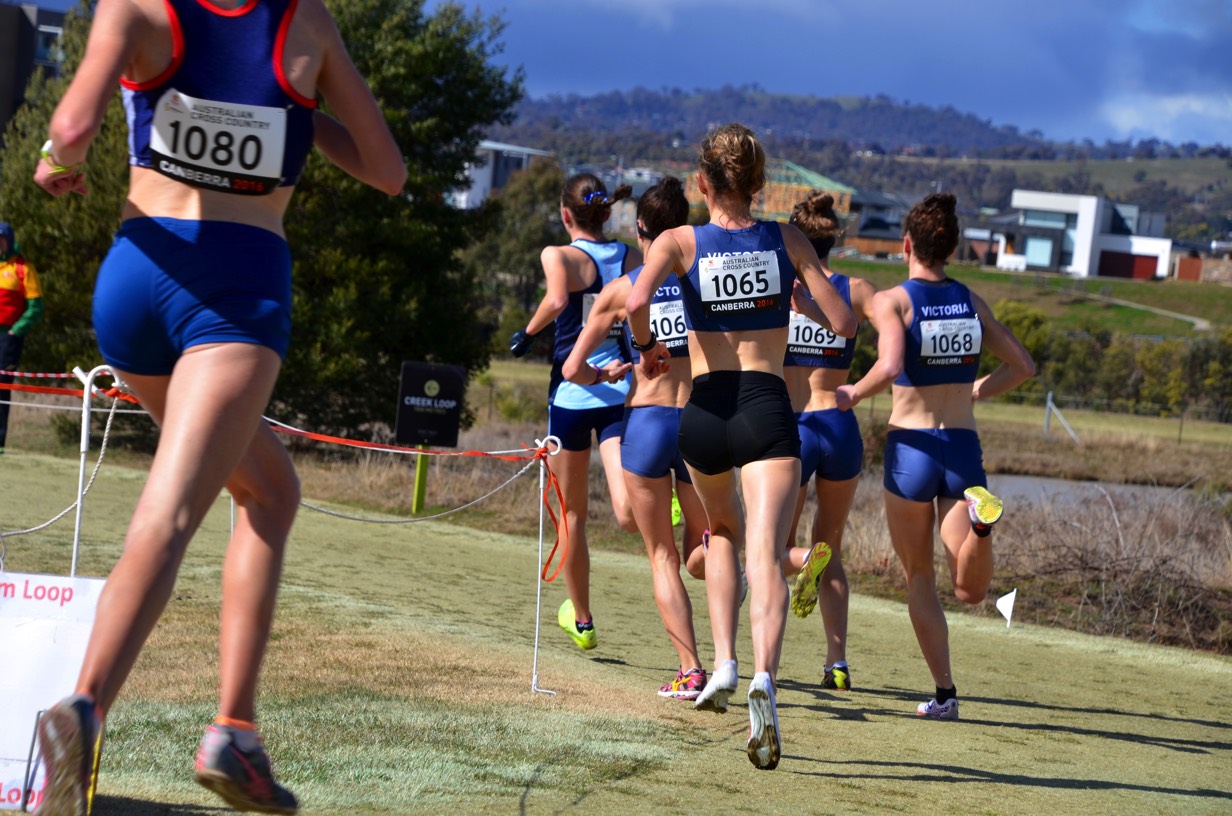A column by Len Johnson – Runner’s Tribe
Down here in Melbourne we’re yet to get our feet wet, but winter season’s already here.
Rain is falling as I write, so the first muddy cross-country race can’t be too far away – maybe as close as the 12km cross-country next weekend – but the most refreshing thing about the early winter season has been the calibre of athlete taking part.
At the traditional season-opening cross-country relays (some of us have been around so long we recall when it was the traditional season-closing event), you could have been excused for thinking you had wandered into the Commonwealth Games warm-up track.
Turning out for their clubs were no fewer than eight middle or long-distance Australian Gold Coast representatives. Glenhuntly had two – Ryan Gregson and race walker Rhydian Cowley, as did Athletics Essendon through Linden Hall and Liam Adams and APS United, Brett Robinson and Jordan Williamsz.
Georgia Griffith, running for Box Hill and Stewart McSweyn, for men’s winning club St Stephen’s Harriers, completed the line-up (apologies if I’ve missed anyone).
Of course, the fact that what is still called winter season opened on 21 April, just two weeks after the final day’s track and field at Carrara (one day less for marathoner Adams!), played some part in the turn-out, as did a warm autumnal weather. It is more common to need sunscreen than all-weather gear when cross-country season opens these days.
Two weeks later, Robinson turned out again for the 8km cross-country held at St Anne’s Winery in Myrniong, a little way short of Ballarat on the Western Freeway. Again it was warm and dry, blisters, dust and horse droppings presenting a bigger problem than cold, wind and mud. It was surely the hilliest course yet devised: nowhere flat, every metre either climbing or descending.
Robinson won the men’s race, though this time he and Adams were the only Commonwealth Games representatives, the World Race Walking Cup and first round of the Diamond League claiming most of the others.
It’s becoming a rarity to see our elite athletes running winter season races these days. Most head off to the northern hemisphere pretty much as soon as our summer season concludes. When they do appear, it’s a minor sensation. Craig Mottram ran the cross-country relays a few years back and was accompanied around the course by an audible buzz.
In earlier times, the stars turned out far more frequently. Partly this was dictated by amateur rules which limited the amount of time athletes could spend on the international circuit, but it was common to find yourself lining up for a winter race alongside Ron Clarke. Ron never met a race he didn’t want to run, here or anywhere else in the world.
It is easy to see that the everyday club runner loses something when the elite rarely race here, but I would argue the stars miss something, too. One of the advantages of racing at home for the international class runner is that they will put themselves under pressure to win.
When a top athlete puts him or herself on the line at a winter race, he or she is expected to win. How they respond to that pressure is every bit part of the process of becoming a better athlete as running a personal best in a crowded Diamond League race.
Of course, it is never as simple as it sounds. Ron Clarke restricted his appearance time on the international circuit because the rules obliged him to. These days it makes more sense to limit the travel back and forth and do more of your training, as well as racing, overseas.
One group who unavoidably spend more time at home are marathoners. Steve Moneghetti and Kerryn McCann spent their time in Australia for the most part, running – and winning – winter races regularly. Michael Shelley does not race as much – in the later stages of his career, at least – but he, too, does it mainly from Australia.
It’s hard to generalise from one or two examples or events, but it is an intriguing thought. Maybe you can do better abroad by spending more time at home.

















